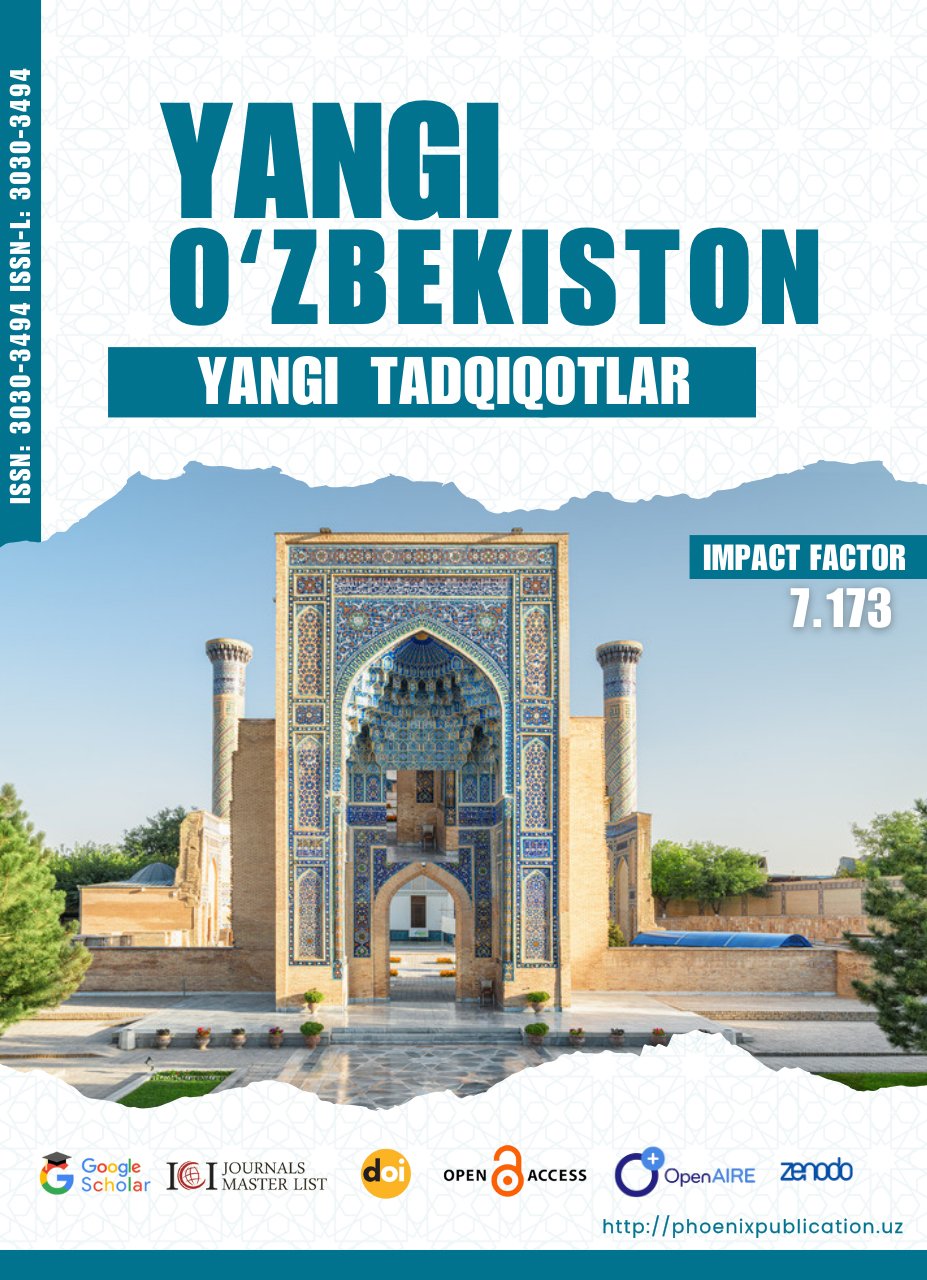Abstract
This article examines the financial flexibility and operational efficiency of Schwarz Gruppe, with a focus on its discount retail division, Lidl. By analyzing three core cost and performance metrics—Degree of Operating Leverage (DOL), Fixed Cost Ratio, and Break-even Analysis—the study provides insight into how Lidl manages cost structure, risk exposure, and profit sensitivity within the competitive retail sector. As one of the world’s largest retail groups, Lidl operates in a high-volume, low-margin environment where understanding fixed and variable cost behavior is critical to sustaining profitability and scalability. The DOL metric is employed to quantify the firm’s sensitivity to sales fluctuations and operating income volatility, while the Fixed Cost Ratio reveals the proportion of fixed versus variable costs in its operational model. The Break-even Analysis further identifies the sales threshold required to cover total operating costs, highlighting the company’s margin safety and financial stability. Using estimated financial data and industry benchmarks from retail peers such as Aldi and Carrefour, the article situates Lidl’s performance within the broader discount retail landscape. The findings aim to assist analysts, investors, and supply chain strategists in understanding how operational leverage and cost structure shape the financial resilience of major global retailers like Schwarz Gruppe. This research contributes to ongoing discussions about cost optimization, scale economies, and strategic risk management in the retail industry.
References
1. Ailawadi, K. L., & Farris, P. W. (2017). Managing Multi- and Omni-Channel Distribution: Metrics and Research Directions. Journal of Retailing, 93(1), 120–135. https://doi.org/10.1016/j.jretai.2016.12.003
2. Bain & Company. (2023). Retail Trends 2023: Winning in a Value-Focused Environment. Retrieved from https://www.bain.com
3. Berman, B., & Evans, J. R. (2020). Retail Management: A Strategic Approach (13th ed.). Pearson Education.
4. Deloitte. (2023). Global Powers of Retailing 2023: Navigating the Current Retail Climate. Retrieved from https://www2.deloitte.com
5. European Commission. (2022). Retail and Wholesale Trade: Sectoral Overview. Retrieved from https://ec.europa.eu
6. Grant, R. M. (2022). Contemporary Strategy Analysis: Text and Cases Edition (11th ed.). Wiley.
7. Harvard Business Review Analytic Services. (2023). Operational Agility in Retail: A Competitive Differentiator. Retrieved from https://hbr.org
8. Kantar. (2024). Top Retailers in Europe 2024. Retrieved from https://www.kantar.com
9. Kotler, P., Keller, K. L., & Chernev, A. (2022). Marketing Management (16th ed.). Pearson.
10. Lidl Stiftung & Co. KG. (2023). Company Fact Sheet & Financial Highlights. Retrieved from https://www.lidl.de
11. Pacheco, B. G., & Dean, M. (2015). The Role of Cost Structures in Competitive Strategy. Journal of Cost Management, 29(3), 5–12.
12. Roland Berger. (2023). The Future of European Grocery Retail: Resilience, Scale, and Differentiation. Retrieved from https://www.rolandberger.com
